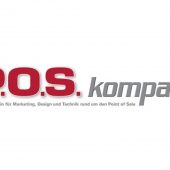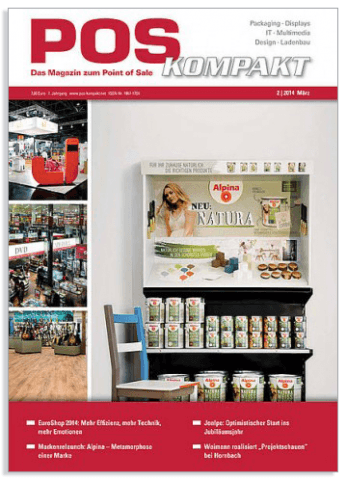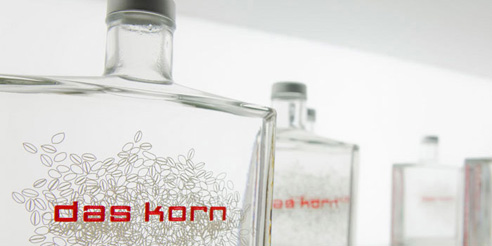Different countries, different customs: International Packaging Trends (When in Rome, do as the Romans do)
>>pack’s!<< Swiss Packaging Newsletter, Packaging trends Although some marketing managers won’t believe it, 74 percent of buying decisions for consumer goods are made at the point of sale (POS), and up to 60 percent are made on the basis of product packaging and presentation. In an era when media budgets for mass media consistently miss […]
>>pack’s!<< Swiss Packaging Newsletter, Packaging trends
Although some marketing managers won’t believe it, 74 percent of buying decisions for consumer goods are made at the point of sale (POS), and up to 60 percent are made on the basis of product packaging and presentation.
In an era when media budgets for mass media consistently miss the mark with increasingly differentiated target groups, and ambitious Internet campaigns serve only as a highlight in annual reports, the visual and touchable appearance of a product is the manifestation of a brand more than ever. It is only the packaging of a product that has the direct, immediate connection with the consumer.
Crosscultural awareness
While general packaging trends remain relatively apparent and are respected my many branding experts, expansion into different cultures often creates serious problems. The design agency, kakoii, with offices in Berlin and Tokyo, has many international clients and knows how to navigate the changing cultural landscape of international markets. In order to reach consumers there, it is of the utmost importance that international brand managers adapt their packaging to the specifics of local markets. «This requires sensitivity toward crosscultural awareness on the part of corporations and agencies», according to Thekla Heineke, Creative Director of kakoii.
«Packaging that is successful with customers in Germany may already be interpreted differently in France. In Russia or Japan, it may not work at all. Even in an increasingly global society, it is important to differentiate between the various cultural traditions that define markets.»
There are the classic pitfalls of design psychology. For example, the fact that the color white, which in central Europe is used to communicate purity and cleanliness, is the color of death in some Asian countries. However, the complex cultural and social intricacies that need to be observed in order for a brand to be truly successful are even more sophisticated, per Heineke.
From Central Europe . . .
After years of packaging and communication overload in terms of advertising, a clear trend toward simplicity and elegance has crystallized in Central Europe. The Loha-target groups (“Lifestyle of Health and Sustainability”) have leveled the playing field here. «Consumers are looking for reduced complexity. What sells product is simple, distinct packaging that radiates authenticity and significance », observes Heineke, referring to Apple packaging and numerous new organic brands. This is the strategy kakoii is currently pursuing for the brand development of a new French premium mineral water that will compete in a hot, contested market. In this market, bottles are often created by star designers, and the cost of a half-liter bottle generally does not exceed 15.00 Euro.
… over Russia…
The Russian market, on the other hand, is characterized by a consistently growing upper echelon of higher-wage earners who are particularly focused on expensive, foreign brands. Coffee packaging designed by kakoii for the Russian market incorporates the preferences of well-to-do, luxury-oriented, male Russians: the brand was clearly positioned as an imported luxury label, and using local focus groups, the brand was refined until the perfect blend of opulence and machismo was attained.
…to Japan
Design development for the Japanese market continues to reign as the supreme discipline of packaging. In the country traditionally known for packaging design, there are highly differentiated packaging strategies. While lower-priced items are packaged in a Manga-style that Europeans deem adventurous at best, there is a clear correlation between price and simplicity of packaging: the higher the price of a product, the greater the reduction in design. The cosmetic brand, Shiseido is the perfect example of this trend. It was at Shiseido where Thekla Heineke learned her craft in packaging design in Japan, and where she developed numerous cosmetic lines for kakoii Tokyo.
- Additional information about packaging trends at Packaging Agency
- Pack’s! Homepage: www.mediaforum.ch/packs/




